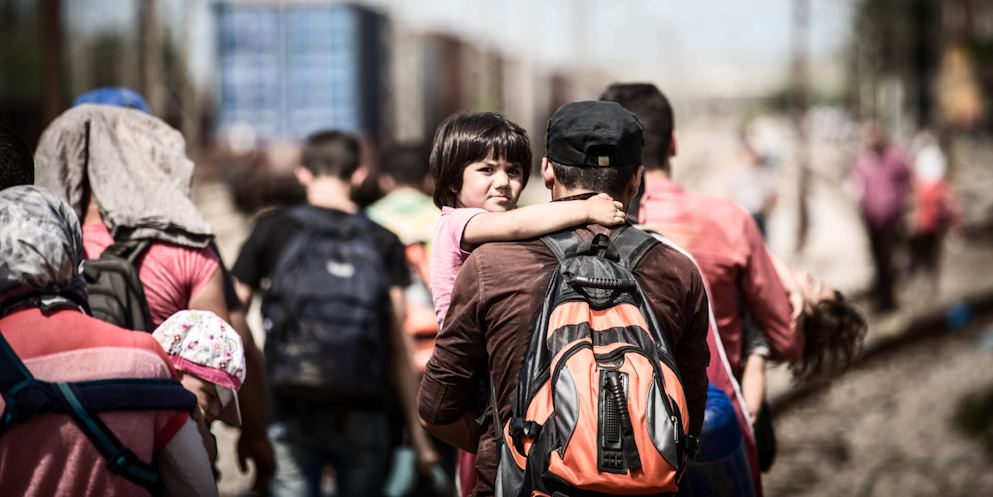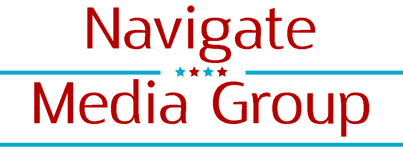In recent years, Europe has found itself grappling with a migration crisis of unprecedented proportions. This multifaceted and complex issue has become one of the most pressing challenges facing the continent, transcending national borders and profoundly impacting political landscapes, social dynamics, and public discourse. As the movement of people continues to shape the global narrative, it is crucial to delve into the intricacies of the European migration crisis and explore its implications.
What does the migration crisis in Europe mean?
The term “migration crisis in Europe” refers to the significant increase in migrants and refugees entering European countries over the past decade, particularly since the early 2010s. It reflects the challenges and complexities associated with managing and responding to this influx of people, which has posed significant socio-political, economic, and humanitarian implications for the countries of origin and the receiving countries in Europe.
The migration crisis in Europe involves diverse factors and dynamics. It encompasses individuals and families fleeing conflicts, persecution, and human rights abuses in their home countries and those seeking better economic opportunities and a safer environment. The crisis is driven by various push and pull factors, including armed conflicts, political instability, economic disparities, climate change impacts, and demographic changes.
The sheer scale of the migration crisis has strained European countries’ and institutions’ resources and capacities. It has raised profound questions regarding border management, asylum procedures, integration efforts, social cohesion, and the overall management of migration flows. The crisis has also triggered political debates and controversies, often influencing electoral outcomes, policy decisions, and public sentiment toward migrants and refugees.

How do governments try to overcome the migration crisis in Europe?
Governments in Europe have employed various strategies and measures to address the migration crisis. Let’s consider some common practices:
Strengthening Border Control
Governments have sought to enhance border control measures to manage and regulate the entry of migrants. It includes increasing border patrols, fortifying physical barriers, and implementing stricter identification and documentation checks.
Asylum and Refugee Policies
Governments have developed or revised their asylum and refugee policies to establish procedures for processing asylum claims and determining refugee status. It includes establishing reception centers, conducting interviews, and providing legal assistance to migrants during the asylum application process.
Integration Programs
Governments have implemented integration programs to facilitate the social and economic integration of migrants into host societies. These programs include language classes, vocational training, job placement assistance, and cultural orientation initiatives to help migrants adapt to their new environment and become self-sufficient.
International Development and Aid
Governments have contributed to international development and aid efforts to address the root causes of migration. Here we speak about providing financial support, humanitarian assistance, and development projects in countries of origin to improve living conditions, promote stability, and mitigate the factors driving migration.


